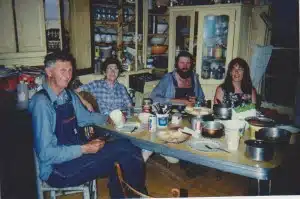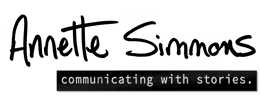
Stories with a Moral Blueprint – part 8 of 8
We need a Magic School for Storytellers Thirty years before J. K. Rowling created Harry Potter, Ursula Le Guin’s Earthsea series imagined a magic school that taught apprentice sorcerers how to avoid abusing the power of magic. Le Guin points out early in the series that “even to light a candle is to cast a

